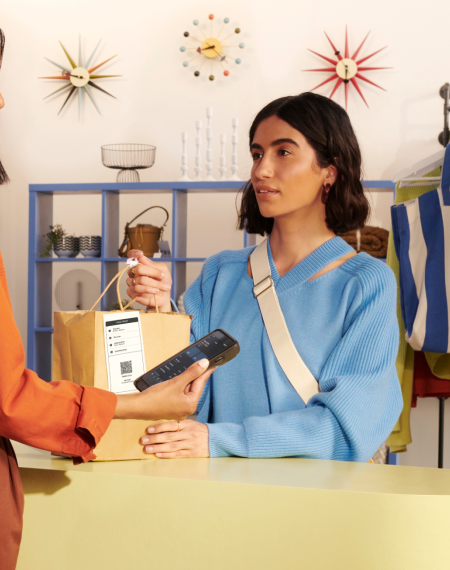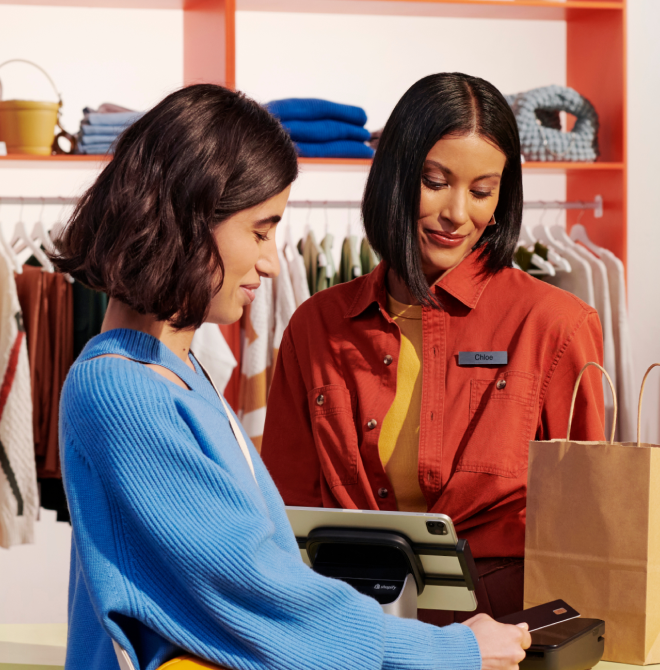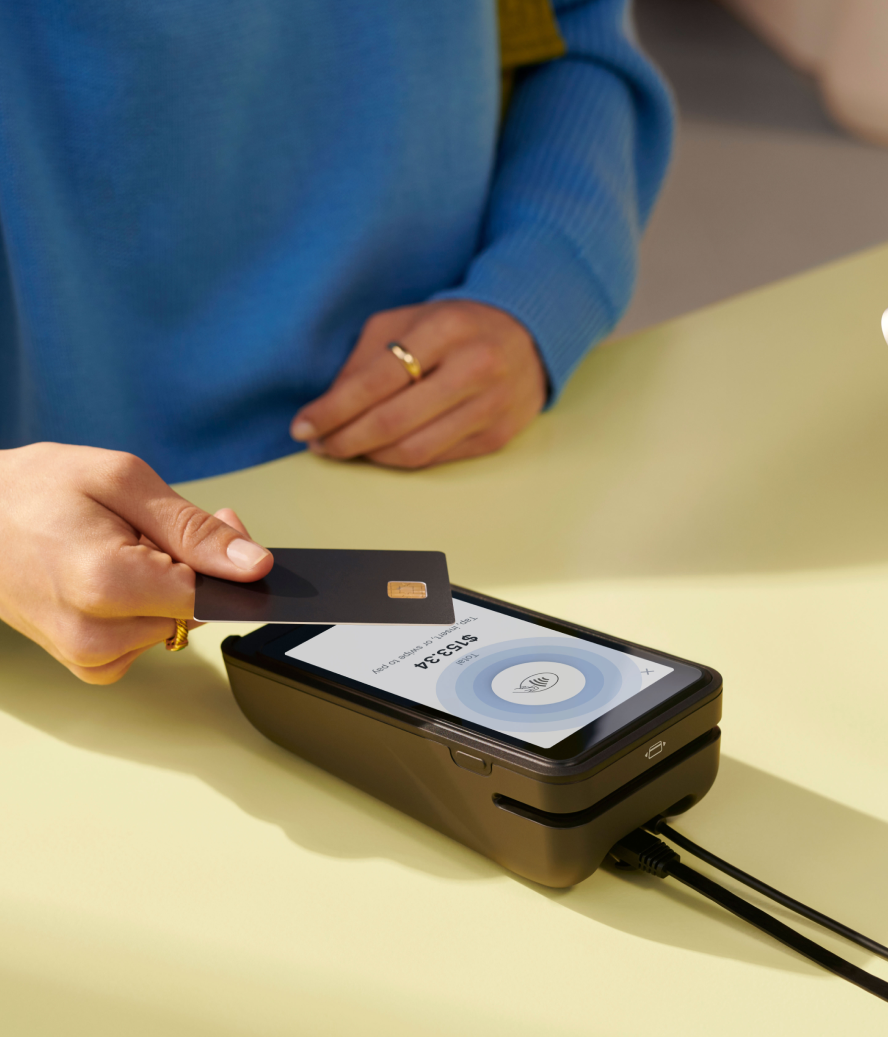You’ve carefully curated your product offerings, you’ve built your brand, and now you’re working to grow your business. If you’re looking to increase sales, build brand awareness, and boost customer loyalty, consider introducing retail gamification into your sales and marketing strategy.
Not sure what retail gamification is and how to apply it to your business? Read on to find out.
Table of Contents
What is retail gamification?
Gamification in retail is a way to reward customers (online and in person) for participating in “games” with discounts, promotions, free merchandise, or other prizes. Although it takes some time and effort to set up and execute a game, the benefits like driving foot traffic, bolstering engagement, and increasing sales can certainly outweigh the cost.
Why is retail gamification important?
Making sure your retail business is relevant and keeping up with the competition means it’s important to experiment with new and trendings sales and marketing strategies. Retail gamification is one of them.
The increase of smartphone usage is expected to propel the growth of the gamification market. In fact, according to the Gamification Global Market Report 2023, it grew from $14.87 billion in 2022 to $18.63 billion in 2023, at a compound annual growth rate (CAGR) of 25.3%. And it’s expected to grow to $46.44 billion in 2027, at a CAGR of 25.6%.
6 real-life examples of retail gamification
1. Casper

Back in 2019, mattress company Casper used retail gamification to build brand awareness by placing rebus riddle ads in the New York City and Toronto subway.
The riddles covered the entire subway car and each ad was composed of a series of pictures that spelled out a word, without any additional context. The answers were all related to the topic of a good night’s rest—something related to the brand. And the campaign encouraged consumers to visit Casper’s website for solutions to the riddles.
This simple example of retail gamification is a great way to spark curiosity, build brand awareness, and increase website traffic with a fun game to distract subway riders from their stressful commute. The puzzles were hard enough to make you think, but short enough to solve during your commute.
2. eBay
When eBay crashed onto the ecommerce market, it brought with it one of the most iconic versions of retail gamification. It’s hard to imagine a world without eBay, but we can’t forget that it was a pioneer in the retail game. According to an article by Yu-Kai Chou, a renowned gamification and behavioral design expert, “If you were to just think of creating an ecommerce store, it’s not necessarily intuitive to have a competitive bidding system, real-time feedback, and stars for leveling up that eBay introduced.”
The thrill of placing a bid to “win” a product instead of just purchasing it has created an entire culture of outbidding other customers, snatching obscure items, and trying to find elusive, rare items for a steal.
eBay’s bidding system is an example of retail gamification that increases time spent on site, allows you to collect user information through account signups, and delivers an exciting interaction to your customers. The competitive nature of users bidding against one another drives more transactions and gives auction winners a serious high that keeps them coming back for more.
Consider integrating a bidding system into your ecommerce platform if you sell unique handmade items, rare collector’s pieces, vintage items, or anything that has limited stock.
3. Sephora
Sephora’s “Swipe it. Shop it” campaign used retail gamification to add some fun to the usually daunting task of choosing from hundreds of beauty products.
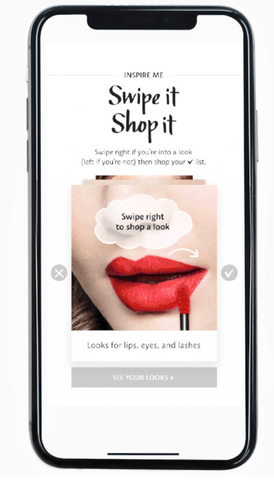
Inspired by the user-friendly and familiar experience of the dating app Tinder, Sephora customers could swipe left or right depending on if they liked a specific look or not.
This example of retail gamification helped Sephora create an enjoyable shopping experience for its customers by reducing the anxiety that usually comes with browsing an endless product catalog. It also helped the brand attract a millennial audience.
Sephora's Beauty Insider Program is another example of retail gamification. It’s a free rewards program in the US and Canada that lets customers earn points on all their purchases and then redeem those points for rewards.
4. Victoria’s Secret
The VS and PINK Collective is a rewards program and community for Victoria’s Secret and PINK customers.
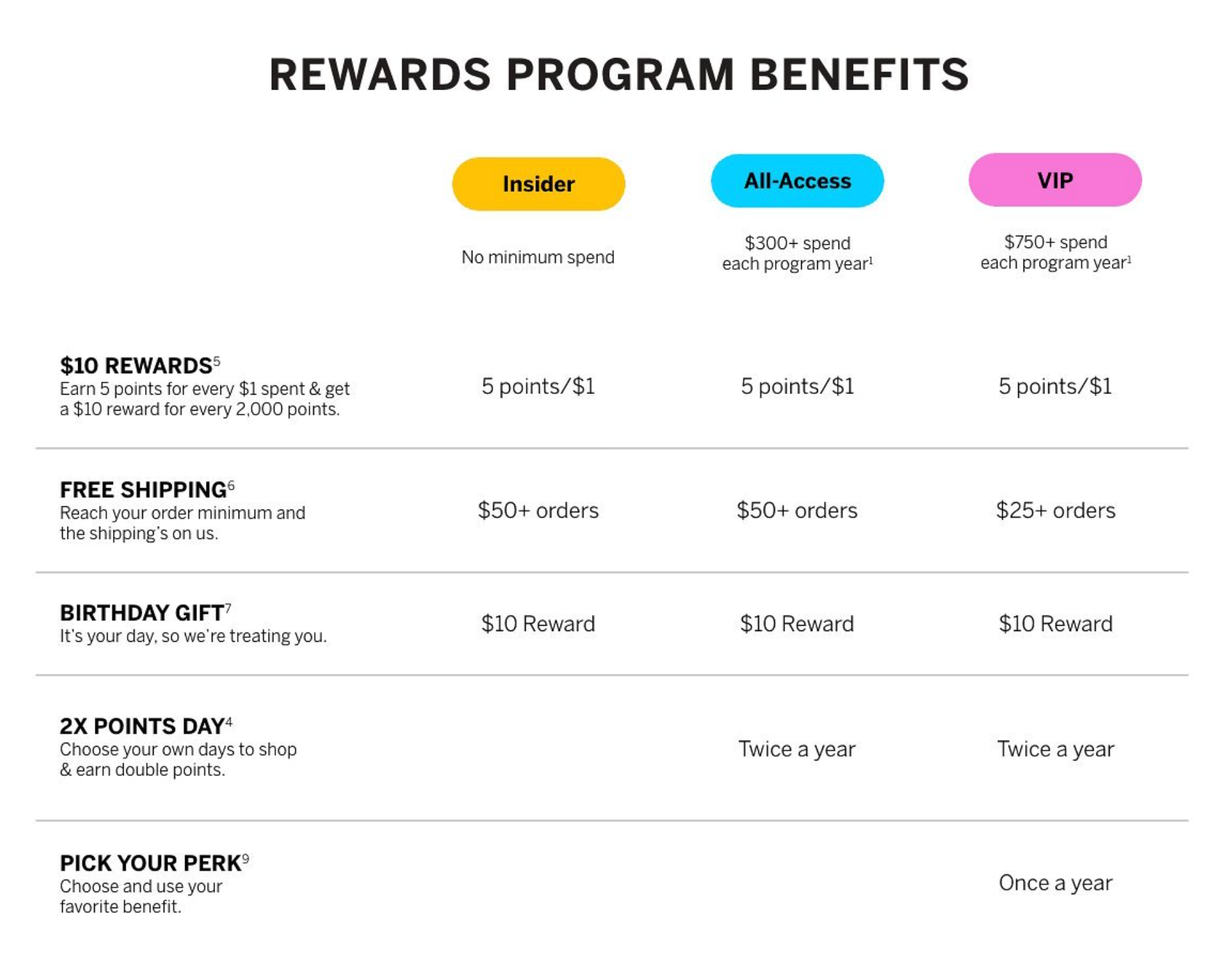
It’s a loyalty program where shoppers of the main Victoria’s Secret brand and the PINK brand can experience retail gamification through earning points and rewards, getting a birthday gift, and picking their own perk once a year.
Victoria’s Secret card holders also get special perks like earning rewards faster, three times the points on bra purchases, and an anniversary gift just for being a cardmember. In addition to all this, when you join either the Victoria’s Secret or PINK app, you also get access to the Victoria’s Secret online community.
What can your retail business learn from Victoria’s Secret? If a major percentage of your target demographic are young and tech-savvy, consider developing a custom app with games, prizes, rewards, and special promotions to get them more engaged with the brand and to drive more sales.
5. Gilt
Luxury members-only ecommerce brand Gilt provides customers with a high-end VIP shopping experience. The exclusive deals offered on the site encourage quick sales and decisiveness in their members. Gilt sales are time sensitive and use flash sales to move merchandise quickly. According to the Gilt site: “All sales take place only on www.gilt.com and our full collection of merchandise is always available at the start of the sale, so be sure to log on early.”
The flash sale site offers a tiered loyalty program based on points. And Gilt members accrue points via interacting with the site, referring friends, making purchases, and connecting with Gilt’s Facebook timeline (the brand found shoppers made more purchases when connected this way).
Within this gamified luxury system, Gilt offers its Gilt Noir loyalty program—the top-tier elite of the VIP membership. According to Ya-Kai Chou, this status is offered to the top 1% of shoppers and gives them early access to these already-exclusive sales. “Though they cannot purchase items sooner than other Gilt members,” Chou writes, “their early access privilege allows them to survey the sale products 15 minutes ahead of time. This enables them to be aware of the more desirable products and strategize to beat the ‘competition’ to the marquee items.”
This strategic advantage costs the retailer nothing, but rewards its most loyal members with an insider’s pass—which actually encourages even more sales. In order for your retail business to utilize this kind of gamification, you need to be offering customers a VIP experience with luxury offerings that your members are clamoring to get ahold of.
6. Nike
Capitalizing on the competitive nature of its target audience, the Nike App and its sister apps, Nike Training Club, Nike Run Club, and SNKRS bring together runners, trainers, and athletes alike—more than 300 million of them in fact.
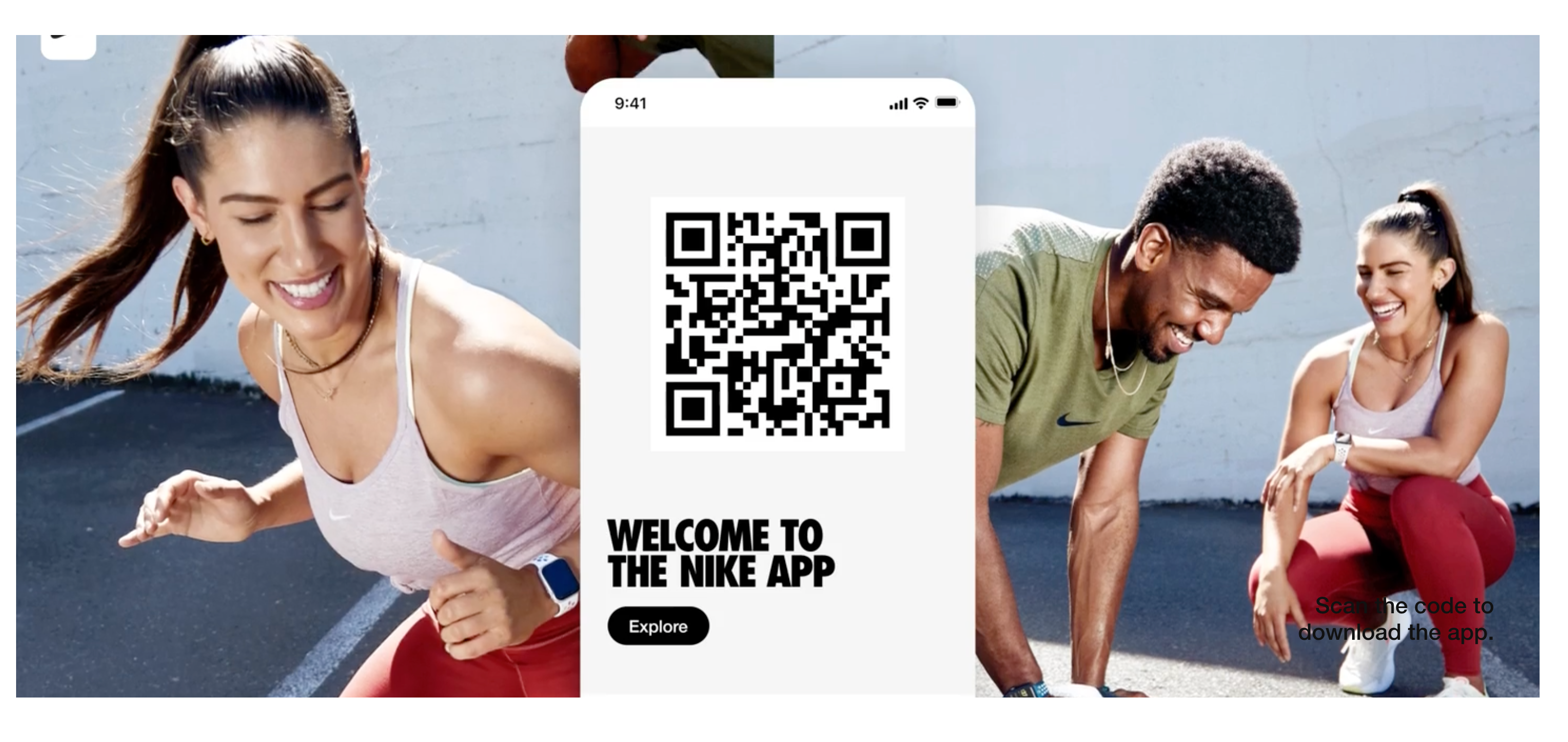
The digital program allows users to post their best times, track their progress, and challenge friends and family to increase fitness and meet goals. And the rewards that Nike offers? How about early access to products and events, free shipping, customized workouts, and more.
Nike’s apps are a place for their enthusiastic community to come together and interact with the brand, and also drive sales and engagement for the fitness brand. Plus members sign up and provide the company with invaluable customer information, including which activities they use their products with—the best kind of information for further developing the app and the product line.
Is there an activity or passion that your target audience shares? Does this require the use of your retail product? If so, consider building a community around that with the help of an app, website, or in-person event.
Get started with retail gamification
Hopefully these examples of retail gamification have got you thinking about how your business can benefit from the introduction of some fun and games.
Additional research and content from Alexis Damen.
Read more
- Retail Technology: Upgrade Your Toolstack With These 6 Trends
- 24 Retail Blogs Every Small Business Entrepreneur Should Be Reading
- 10 Retail Experts Share Their #1 Tip for Marketing and Growing Your Store
- A Simple Guide to In Store Demos and Sampling for Retailers
- How to Set Up and Optimize Your Google Business Profile
- How Retail Signage Works: A Retailer Guide for 2002
- 7+ Essential Snapchat Strategies the Retail Pros Use
- How to Increase Market Penetration: 9 Strategies for Retailers
- How to Make Your Product Copy More Persuasive
- How to Grow Your Retail Business with Brand Licensing
